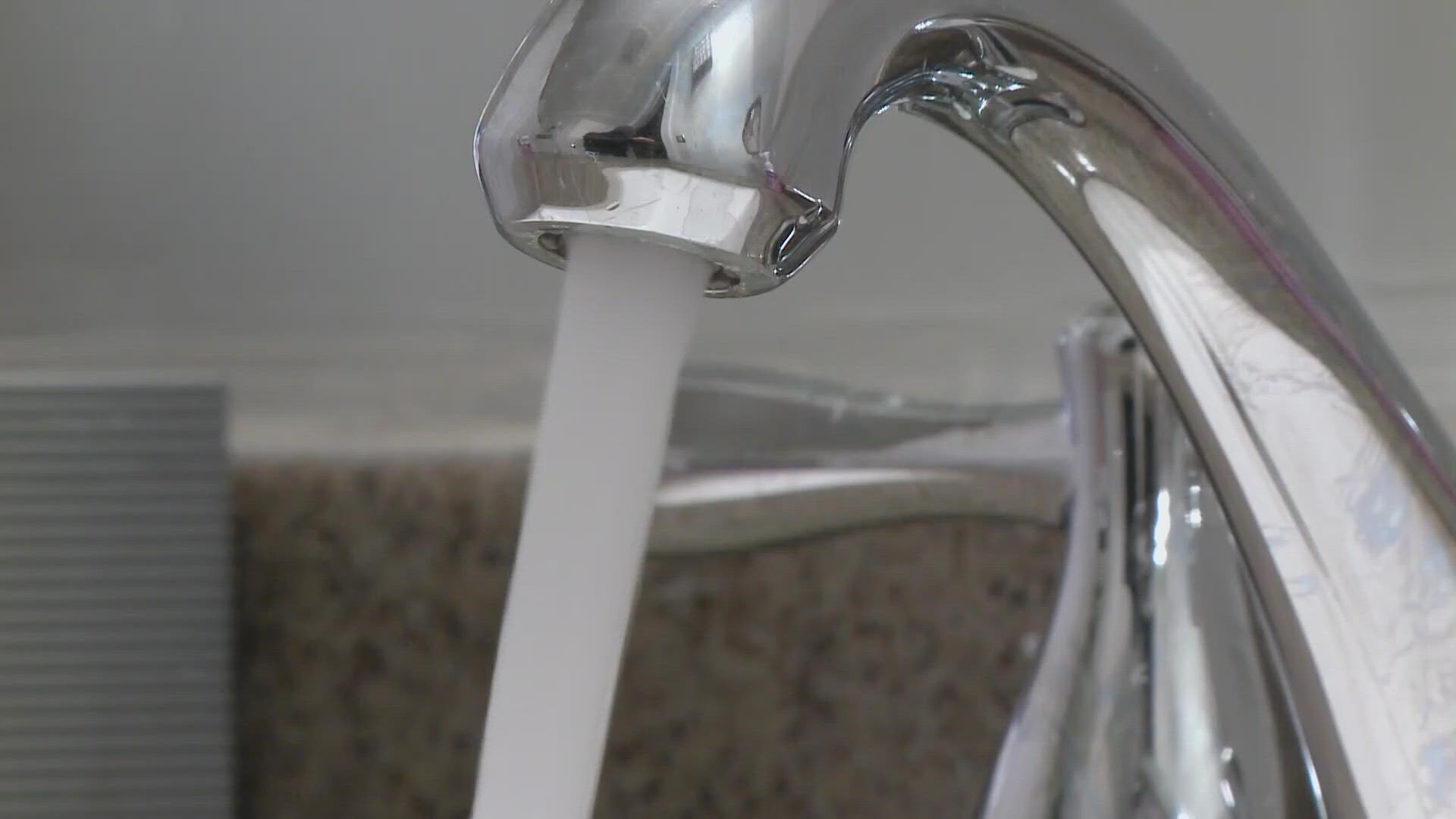MAINE, USA — The Maine U.S. Environmental Protection Agency (EPA) announced Maine is expected to receive millions of dollars in funding from the U.S. government to address PFAS contaminants in vulnerable communities.
The EPA’s announcement was released Monday, February 13th, and states that President Biden's Bipartisan Infrastructure Law will provide $18.914 million to address contaminants, like Per- and Polyfluoroalkyl Substances (PFAS) in drinking water.
The funding will be distributed to communities via grants through EPA's Emerging Contaminants in Small or Disadvantaged Communities (EC-SDC) Grant Program, which is geared to provide rural and small communities with access to safe and clean drinking water.
With studies revealing that exposure to PFAS chemicals increases the risk of developing health issues from cancer to pregnancy complications, the nearly $19 Million in federal funding to address the contaminants couldn’t have come sooner for vulnerable Maine towns.
"Too many American communities, especially those that are small, rural, or underserved, are suffering from exposure to PFAS and other harmful contaminants in their drinking water,” EPA Administrator Michael Regan said.
Maine Senators Susan Collins and Angus King agree everyone should have access to clean and safe drinking water.
"Americans should be able to have confidence that the water from their faucets is safe to use," Sen. Collins said. "Although Maine is home to some of the cleanest sources of water in the country, the increasing prevalence of pollutants like PFAS requires action to keep our drinking water pure."
While Sen. King added, "Maine people deserve clean, safe, and healthy water.”
The EPA said it has taken multiple actions to address the PFAS problem in Maine.
• Proposing to designate two PFAS as CERCLA hazardous substances: Finalizing a critical move around PFAS transparency and holding polluters accountable for cleaning up their contamination.
• Releasing drinking water health advisories: Keeping the public informed about new science information related to PFAS contaminants and issuing health advisories to the public.
• Laying the foundation to enhance data on PFAS: Requiring companies to conduct PFAS testing and nationwide sampling through the Unregulated Contaminant Monitoring.
• Expanding the scientific understanding of PFAS: Issuing scientific publications by EPA researchers and releasing the Thermal Treatment Database.
• Translating the latest science into EPA's cross-agency PFAS efforts: This included updating EPA's contaminated site cleanup tables, developing new PFAS methods and conducting toxicity assessments, and issuing draft national recommended water quality criteria to protect aquatic life.
•Continuing engagement with the public: EPA's PFAS work was informed by public webinars, stakeholder meetings, Congressional testimony, and engagement with EPA's federal advisory committees.
MORE NEWSCENTER MAINE STORIES:

